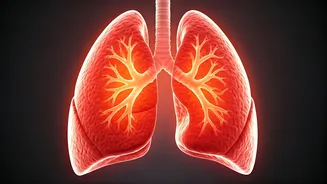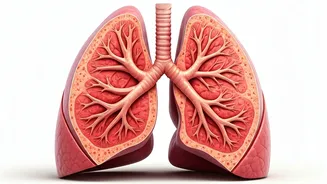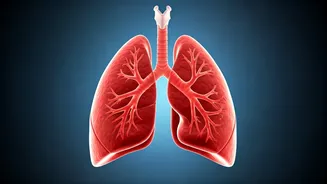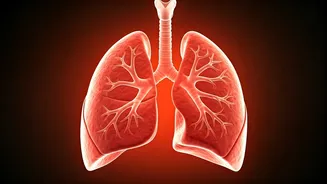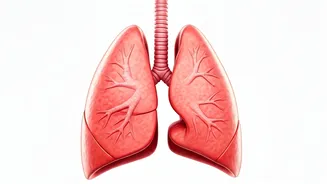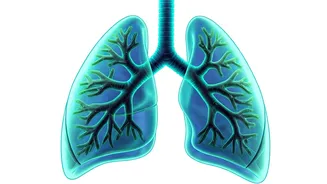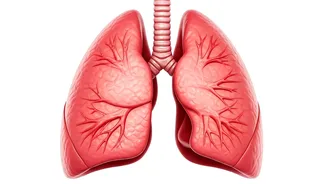Understanding Lung Health
Lung health is crucial, especially during winter when respiratory issues tend to spike. Keeping your lungs in peak condition is vital for overall health.
This includes the ability to efficiently take in oxygen and expel carbon dioxide. Several factors can negatively affect lung health, such as pollution, seasonal illnesses, and lifestyle choices like smoking. By proactively incorporating healthy habits, you can significantly enhance your respiratory function and minimize the impact of these challenges. Taking proactive steps can lead to a more energetic life.
Alternate Nostril Breathing
Alternate nostril breathing, also called 'Nadi Shodhana Pranayama,' is a centuries-old technique that offers many benefits. It involves gently blocking one nostril while inhaling through the other, then switching and exhaling. This process is repeated rhythmically. It's believed to balance the left and right hemispheres of the brain, leading to reduced stress and enhanced mental clarity. Regular practice can calm the nervous system, improve sleep quality, and boost your respiratory system, giving you a better immune response.
Benefits of Rib Stretching
Rib stretching is another effective exercise that directly impacts lung health. This exercise helps to increase the flexibility of the rib cage and the space available for the lungs to expand. It involves gently stretching the rib area, which can promote deeper breaths and improve oxygen intake. Improved mobility in the rib area assists with better posture and supports overall respiratory function. Incorporating rib stretching into your daily routine can help to increase your breath capacity and lead to more effective breathing, assisting with an overall sense of relaxation and well-being.
Belly Breathing Explained
Belly breathing, or diaphragmatic breathing, is a fundamental technique for optimal lung function. This exercise involves focusing on deep, slow breaths that expand the diaphragm, promoting a full and efficient exchange of oxygen and carbon dioxide. During belly breathing, the abdomen should rise as you inhale and fall as you exhale, allowing your lungs to fill completely. By practicing belly breathing regularly, you can effectively enhance your lung capacity, reduce stress levels, and foster a deeper sense of relaxation. This technique is easily practiced anywhere, making it a great addition to your health routine.
Pursed Lip Breathing
Pursed lip breathing is a valuable technique, particularly for people experiencing difficulty exhaling or managing respiratory conditions. This approach involves breathing in through the nose and slowly exhaling through pursed lips, similar to how you would blow out a candle. The extended exhalation helps to slow down your breathing, releases trapped air in the lungs, and enhances the efficiency of oxygen exchange. Practicing this can relieve shortness of breath and improve overall respiratory comfort. Pursed lip breathing provides immediate relief and contributes to a better quality of life.
Light Jogging's Impact
Light jogging plays a significant role in improving lung health by increasing both lung capacity and overall respiratory function. During jogging, your body demands more oxygen, prompting your lungs to work harder and expand their capabilities. This regular activity strengthens the respiratory muscles, enhancing the efficiency of breathing. Additionally, jogging supports better cardiovascular health, which directly complements improved lung function. Simple and adaptable, light jogging can fit into nearly anyone’s lifestyle to enhance both physical and mental well-being.
